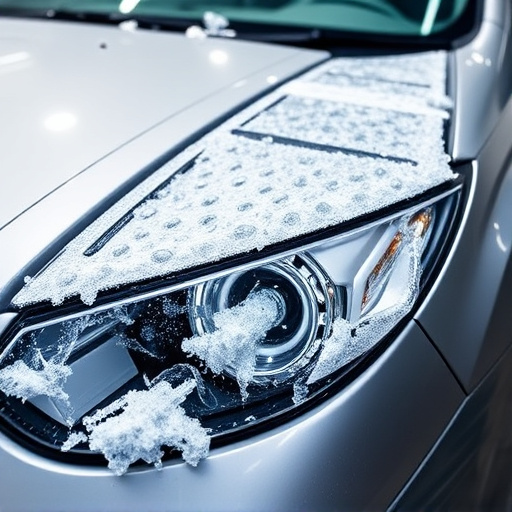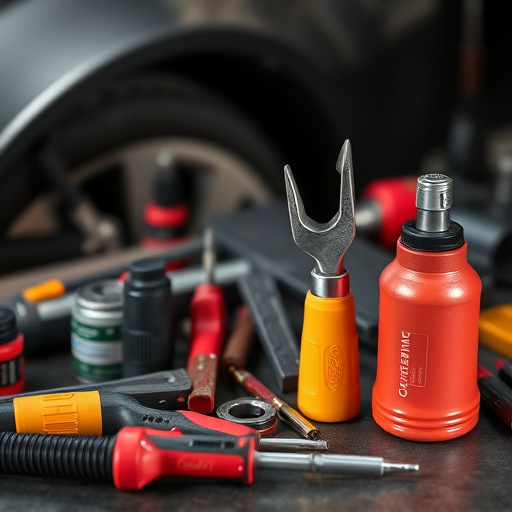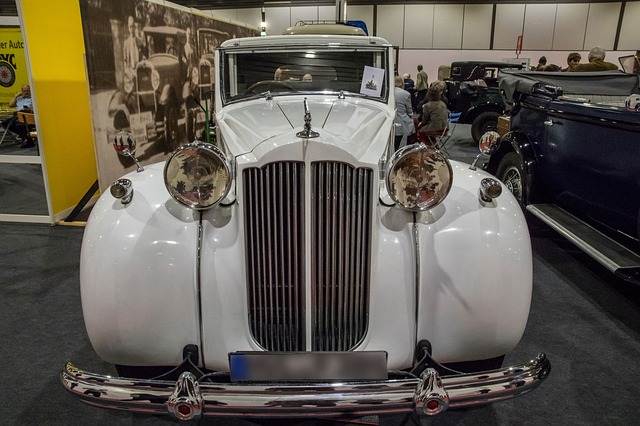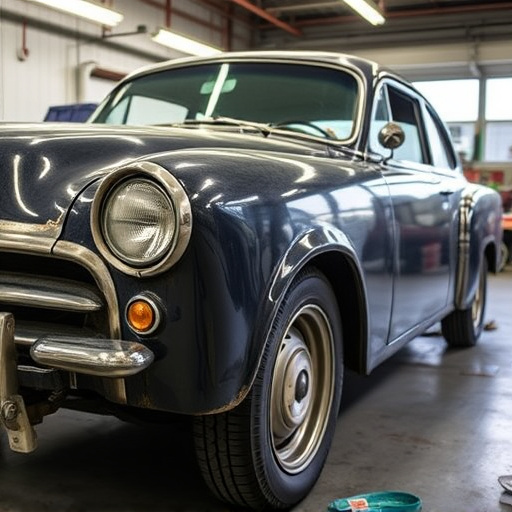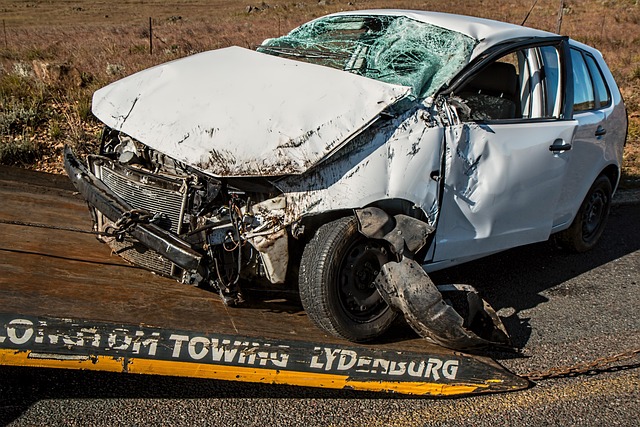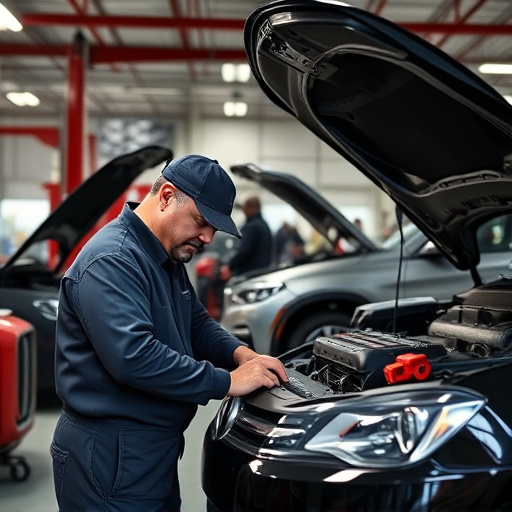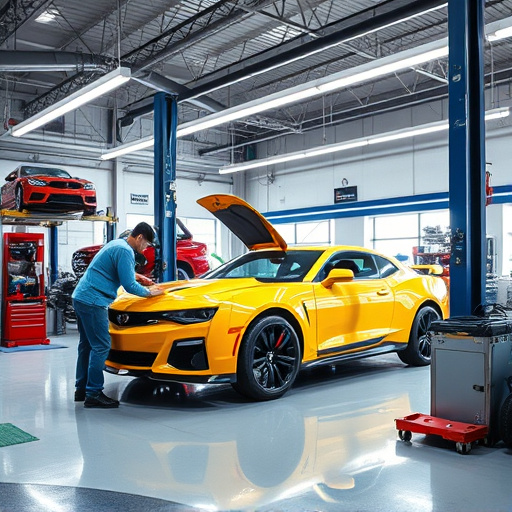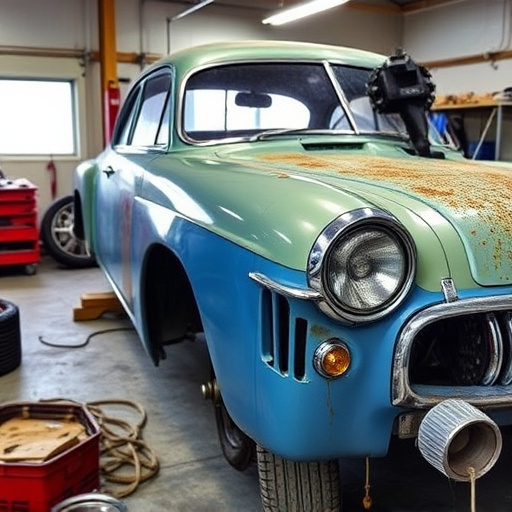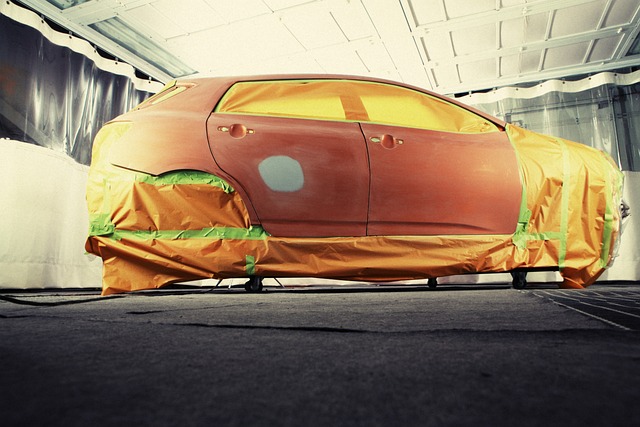Auto body repair facilities prioritize safety through strict protocols, advanced diagnostic tools, and digital technology. Skilled technicians handle hazardous materials, conduct thorough inspections of frames, engines, and components, ensuring structural integrity. Digital cameras, 3D scanners, and AI streamline inspections, predict issues, and enhance accuracy, benefiting customers with safer, high-quality bodywork repairs.
At every reputable auto body repair facility, safety inspections are non-negotiable. These meticulous processes ensure that vehicles undergo comprehensive assessments before any repairs, adhering to strict industry standards. From understanding critical safety protocols to leveraging advanced technology for enhanced accuracy, this article breaks down the crucial role of safety inspections in auto body repair facilities. Discover how these rigorous checks safeguard both vehicle integrity and driver well-being.
- Understanding Safety Protocols in Auto Body Repair
- Comprehensive Inspections: Every Aspect of Your Vehicle
- The Role of Technology in Enhancing Inspection Accuracy
Understanding Safety Protocols in Auto Body Repair
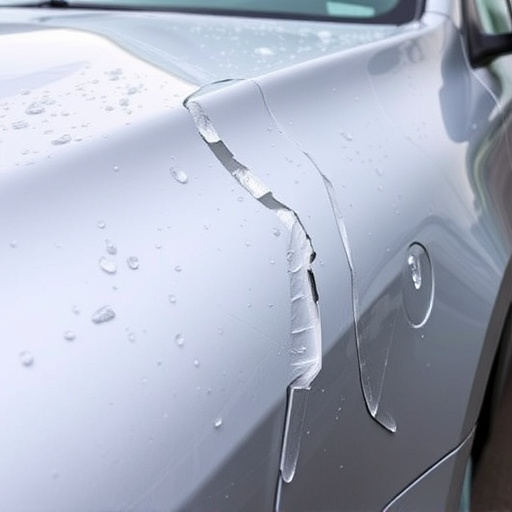
In the realm of auto body repair, prioritizing safety is paramount. Auto body repair facilities are not just places for fixing and restoring vehicles; they are intricate workshops where skilled professionals navigate a labyrinthine process involving hazardous materials, heavy machinery, and delicate structures. Therefore, understanding and strictly adhering to safety protocols is crucial in ensuring both worker well-being and the quality of automotive repair services rendered.
These safety measures encompass various aspects, from proper handling and disposal of toxic substances used in frame straightening to the implementation of robust protective gear for employees. Regular training sessions on safety procedures are also essential to keep up with evolving industry standards and best practices in auto body repair. This ensures that every process, from initial assessment to final touch-ups, is carried out not just effectively but safely as well.
Comprehensive Inspections: Every Aspect of Your Vehicle

When it comes to ensuring the safety and structural integrity of your vehicle after a collision or repair, no detail is too small for an auto body repair facility’s comprehensive inspections. These meticulous checks cover every aspect of your car, from the exterior panels and frame to the intricate workings of the engine and electrical systems. Auto body shops employ advanced diagnostic tools to identify even subtle issues that could compromise safety.
During these thorough assessments, skilled technicians examine paint jobs for inconsistencies, check welds for strength, and inspect crumple zones to evaluate their ability to absorb impact energy. They also assess the alignment of wheels and suspension components, ensuring proper handling and stability. The goal is to provide a comprehensive solution that goes beyond cosmetic repairs, guaranteeing your vehicle meets the highest safety standards before it returns to the road, restoring peace of mind for car owners everywhere.
The Role of Technology in Enhancing Inspection Accuracy
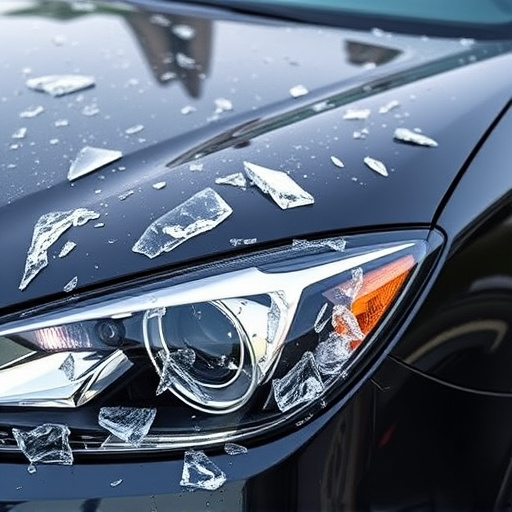
In today’s digital era, technology plays a pivotal role in enhancing the accuracy and efficiency of safety inspections performed by auto body repair facilities. Advanced tools like digital cameras, 3D scanning systems, and specialized software applications enable thorough assessments of car bodywork, identifying even the slightest defects or misalignments that might be missed during manual inspections. These technologies provide detailed visual records, allowing for better decision-making and ensuring consistent quality in repairs.
Moreover, integrating artificial intelligence (AI) and machine learning algorithms into inspection processes further streamlines operations at auto collision centers. AI systems can analyze large datasets from previous repairs, learn from them, and make predictive insights about potential issues. This not only speeds up the inspection process but also reduces human error, making auto body shops more efficient and reliable in their services. As a result, customers benefit from safer and more precise car bodywork repairs.
Safety inspections are an indispensable part of the auto body repair process, ensuring that every vehicle leaves the facility in a safe and reliable condition. By employing comprehensive inspection methods and leveraging technology, auto body repair facilities can maintain high standards, identify potential issues early on, and provide customers with peace of mind. These rigorous protocols not only protect drivers but also contribute to the overall efficiency and reputation of the auto body repair industry.
